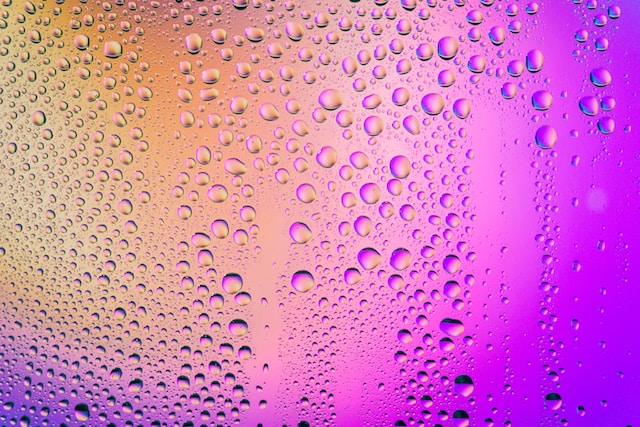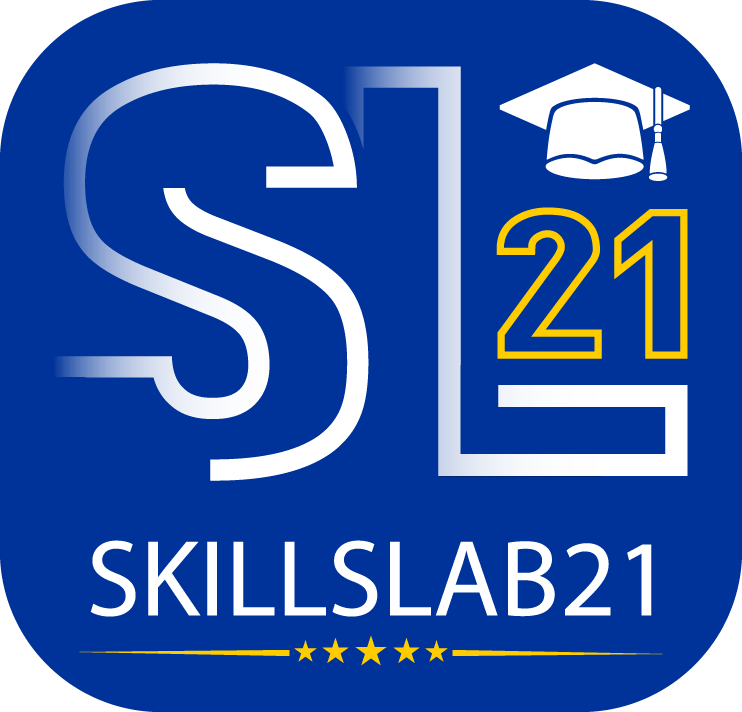STEAM EDUCATION AT SCHOOLS

STEAM EDUCATION AT SCHOOLS
Student learning environments should provide students with learning opportunities that integrate a variety of subjects and abilities in order to stay up with the demands of increasingly complex societies and jobs. Multidisciplinary efforts in schools have received more funding recently, although these activities are rarely well-planned, and occasionally they are limited to purely scientific topics. Furthermore, teachers may believe that they lack the necessary resources to design their lessons in such a way that students can truly access knowledge from a larger, multidisciplinary perspective.
This course intends to address the demand for more comprehensive interdisciplinary active learning, as well as the acquisition of 21st-century skills, by presenting participants to STEAM education.
During this workshop, participants will discover how to engage students in relevant and interesting learning activities in which Science, Technology, Engineering, and Mathematics (the fundamental components of STEM education) are linked to the Arts in a broader sense. Students can learn about and experience the connections between school courses and real world through STEAM, and they will have more opportunities for cross-disciplinary discourse, inquiry, and problem-solving as a result.
Participants will gain a practical grasp of what STEAM is, how it varies from STEM, and how they may implement STEAM activities into their own learning environments to maximize their effectiveness. In this workshop, participants will engage in STEAM-style activities and work together to build both “hard” and “soft” abilities at the crossroads of STEM topics and the arts and design.
Participants will have created their own new ideas and activities to bring STEAM learning into their classrooms by the end of this course; however, this is not required.
LEARNING OUTCOMES
The training will assist the participants in the following areas:
- Identify the most important characteristics of STEM and STEAM;
- To boost student involvement in learning, define learning objectives that blend STEM and Art & Design courses.
- Through creative STEAM activities that are based on real-life and actual experiences, students may connect and relate diverse courses.
- Create a STEAM lesson that is authentic;
- Believe in the value of play, enjoyment, and participation in learning;
- Make it a point to incorporate art and design-related abilities into the overall learning environment and curriculum.
This course is confirmed for Paris, 2-6 June 2025, Register Now!
Fill in and Send the following form:

Day 1
- Course, school, and extracurricular activities overview;
- Icebreaking games.
- The basics of STE(A)M are covered in this section.
- How to strengthen ones teaching;
- As an educator, you’re a mentor.
- Presentations from the schools represented by the attendees.
Day 2
- STEAM education in the classroom; how to get started
- Practical exercises for individuals and groups;
- Presentation of the cases.
Day 3
- STEAM-based gaming
- An emphasis on critical thinking in STEAM activities
- When it comes to STEAM education, where does art fit in?
- STEAM games that can be played online.
Day 4
- STE(A)M communication and cooperation;
- Practical exercises for both individuals and groups
- Career assistance for students in the STEM fields
- How can I put what I’ve learned into practice? – a strategy for implementation
Day 5
- The evaluation of the course includes a review of the skills and knowledge students have gained, as well as comments from the instructor and class discussion.
- The giving of the Certificate of Attendance upon course completion;
- Adventures and other cultural activities
Ready to Get Started?
Update your knowledge, develop new skills with us!
